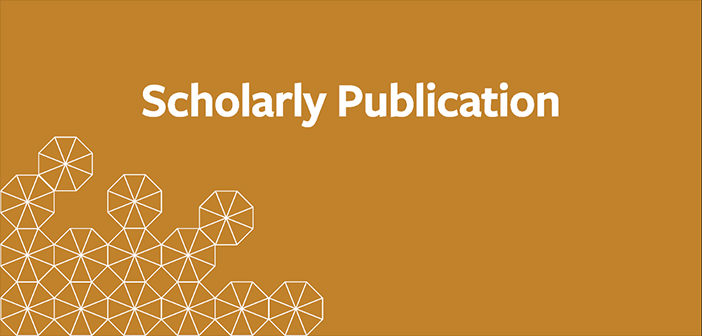Citation
Godoey, Anna, and Michael Reich. “Are Minimum Wage Effects Greater in Low-Wage Areas?”. Industrial Relations: A Journal of Economy and Society, vol. 60, no. 1, 2021, pp. 1-144, http://dx.doi.org/10.1111/irel.12267.
Abstract
Empirical work on the minimum wage typically estimates effects averaged across high- and low-wage areas. Low-wage labor markets could potentially be less able to absorb minimum wage increases, in turn leading to more negative employment effects. In this article, we examine minimum wage effects in low-wage counties, where relative minimum wage ratios reach as high as 0.82, well beyond the state-based ratios in extant studies. Using data from the American Community Survey, the Quarterly Workforce Indicators, and the Quarterly Census on Employment and Wages, we implement event study and difference-in-differences methods, estimating average causal effects for all events in our sample and separately for areas with lower and higher impacts. We find positive wage effects, especially in high-impact counties, but do not detect adverse effects on employment, weekly hours, or annual weeks worked. We do not find negative employment effects among women, Blacks, and/or Hispanics. In high-impact counties, we find substantial declines in household and child poverty. These results inform policy debates about providing exemptions to a $15 federal minimum wage in low-wage areas.

